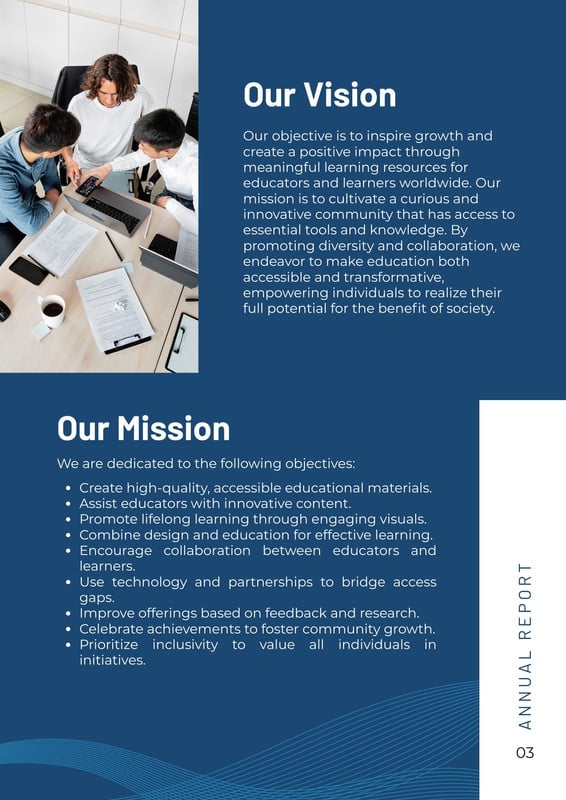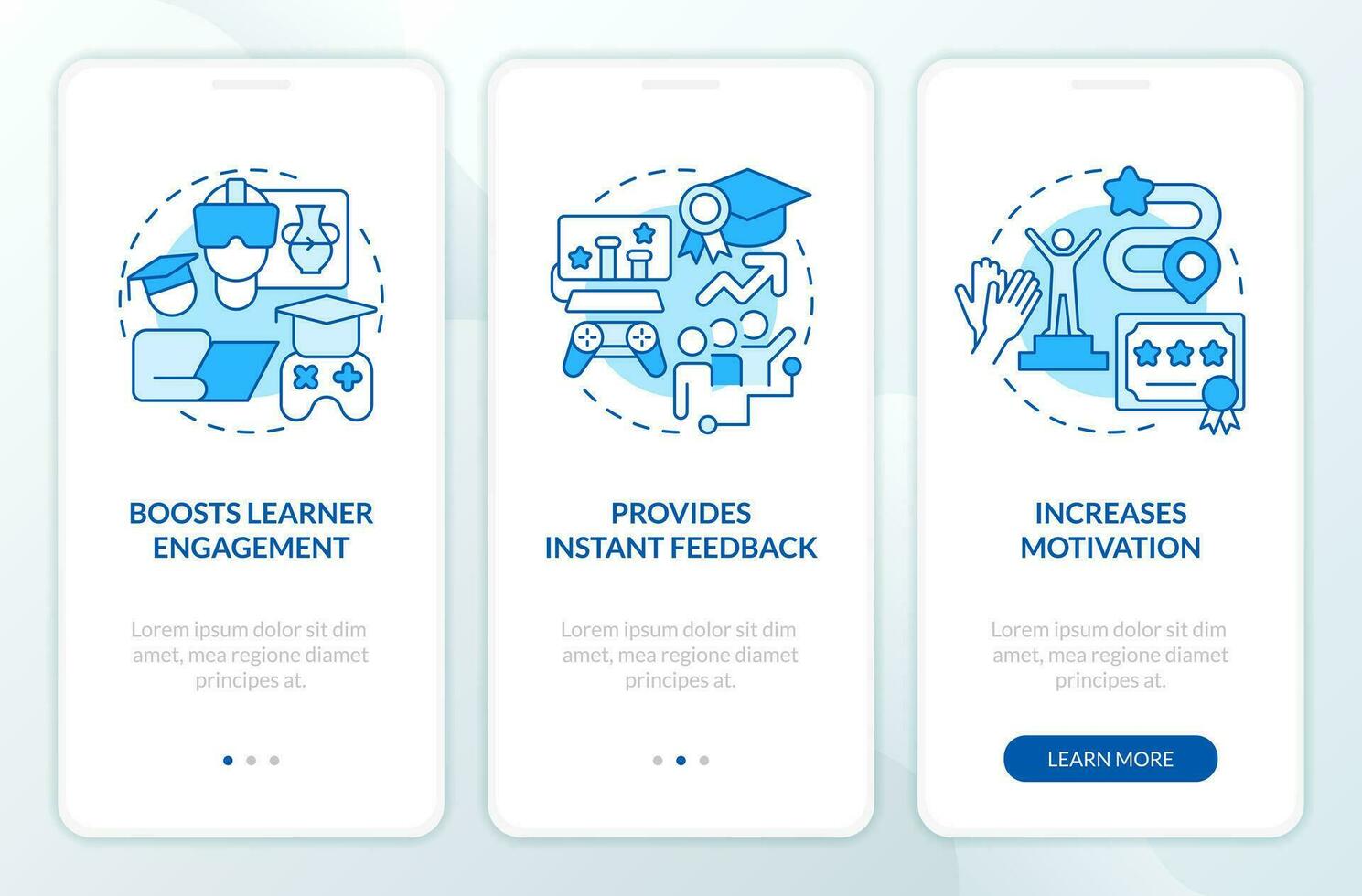Building Bridges: Creating an Inclusive Curriculum Addressing Diversity



- Increased student engagement and motivation
- Improved academic performance for all students
- Development of critical thinking and empathy skills
- Preparation for a diverse and globalized world
- Promotion of social justice and equity
Dimension of Diversity | Examples | Curriculum Integration |
|---|---|---|
Race/Ethnicity | African American, Hispanic/Latinx, Asian, White, Indigenous | Include literature, history, and perspectives from diverse racial and ethnic groups. |
Gender Identity | Male, Female, Non-binary, Transgender | Use inclusive language, avoid gender stereotypes, and explore gender roles in different cultures. |
Sexual Orientation | Heterosexual, LGBTQ+ | Discuss LGBTQ+ history, rights, and contributions to society. |
Socioeconomic Status | Low-income, Middle-class, Upper-class | Address issues of poverty, inequality, and access to resources. |
Disability | Physical, Cognitive, Learning, Sensory | Provide accommodations, use universal design for learning principles, and celebrate the achievements of people with disabilities. |
Dimension of Diversity | Examples | Curriculum Integration |
|---|---|---|
Race/Ethnicity | African American, Hispanic/Latinx, Asian, White, Indigenous | Include literature, history, and perspectives from diverse racial and ethnic groups. |
Gender Identity | Male, Female, Non-binary, Transgender | Use inclusive language, avoid gender stereotypes, and explore gender roles in different cultures. |
Sexual Orientation | Heterosexual, LGBTQ+ | Discuss LGBTQ+ history, rights, and contributions to society. |
Socioeconomic Status | Low-income, Middle-class, Upper-class | Address issues of poverty, inequality, and access to resources. |
Disability | Physical, Cognitive, Learning, Sensory | Provide accommodations, use universal design for learning principles, and celebrate the achievements of people with disabilities. |

- Diversify reading materials with authors from various backgrounds.
- Incorporate primary sources reflecting different perspectives.
- Invite guest speakers representing diverse communities.
- Create safe spaces for students to share their experiences.
- Use culturally responsive teaching methods.
Strategy | Description | Example |
|---|---|---|
Culturally Responsive Teaching | Adapting teaching methods to reflect students' cultural backgrounds. | Using storytelling techniques common in certain cultures. |
Universal Design for Learning | Creating flexible learning environments accessible to all students. | Providing multiple means of representation, action, and engagement. |
Anti-Bias Education | Challenging stereotypes and promoting critical thinking about social justice. | Analyzing media representations of different groups. |
Inquiry-Based Learning | Engaging students in exploring questions and issues relevant to their lives. | Investigating the history of immigration in their community. |
Strategy | Description | Example |
|---|---|---|
Culturally Responsive Teaching | Adapting teaching methods to reflect students' cultural backgrounds. | Using storytelling techniques common in certain cultures. |
Universal Design for Learning | Creating flexible learning environments accessible to all students. | Providing multiple means of representation, action, and engagement. |
Anti-Bias Education | Challenging stereotypes and promoting critical thinking about social justice. | Analyzing media representations of different groups. |
Inquiry-Based Learning | Engaging students in exploring questions and issues relevant to their lives. | Investigating the history of immigration in their community. |

- Provide ongoing professional development for educators.
- Engage in open and respectful dialogue with stakeholders.
- Address concerns with factual information and evidence.
- Emphasize the benefits of inclusion for all students.
- Highlight the importance of preparing students for a globalized world.
Challenge | Solution | Rationale |
|---|---|---|
Lack of Training | Provide professional development workshops on diversity and inclusion. | Empowers educators with the knowledge and skills to teach diverse content effectively. |
Resistance from Parents | Hold community forums to discuss the benefits of inclusive education. | Addresses concerns and builds support for curriculum changes. |
Limited Resources | Seek grants and partnerships to fund curriculum development and resource acquisition. | Ensures access to high-quality materials and support for implementation. |
Time Constraints | Integrate diversity into existing lessons rather than creating separate units. | Makes inclusion more manageable and sustainable within existing schedules. |
Challenge | Solution | Rationale |
|---|---|---|
Lack of Training | Provide professional development workshops on diversity and inclusion. | Empowers educators with the knowledge and skills to teach diverse content effectively. |
Resistance from Parents | Hold community forums to discuss the benefits of inclusive education. | Addresses concerns and builds support for curriculum changes. |
Limited Resources | Seek grants and partnerships to fund curriculum development and resource acquisition. | Ensures access to high-quality materials and support for implementation. |
Time Constraints | Integrate diversity into existing lessons rather than creating separate units. | Makes inclusion more manageable and sustainable within existing schedules. |

- Conduct student surveys to assess their experiences.
- Hold focus groups with students and parents.
- Observe classroom interactions and teaching practices.
- Analyze student academic performance data.
- Evaluate the effectiveness of professional development.
Assessment Method | Purpose | Data Collected |
|---|---|---|
Student Surveys | Gather student feedback on their experiences with the curriculum. | Student perceptions of inclusion, belonging, and engagement. |
Focus Groups | Explore student and parent perspectives in more depth. | Qualitative data on experiences, attitudes, and suggestions for improvement. |
Classroom Observations | Assess the implementation of inclusive teaching practices. | Frequency of diverse content integration, student participation, and teacher-student interactions. |
Academic Performance Data | Track student achievement across different demographic groups. | Grades, test scores, and graduation rates. |
Assessment Method | Purpose | Data Collected |
|---|---|---|
Student Surveys | Gather student feedback on their experiences with the curriculum. | Student perceptions of inclusion, belonging, and engagement. |
Focus Groups | Explore student and parent perspectives in more depth. | Qualitative data on experiences, attitudes, and suggestions for improvement. |
Classroom Observations | Assess the implementation of inclusive teaching practices. | Frequency of diverse content integration, student participation, and teacher-student interactions. |
Academic Performance Data | Track student achievement across different demographic groups. | Grades, test scores, and graduation rates. |








